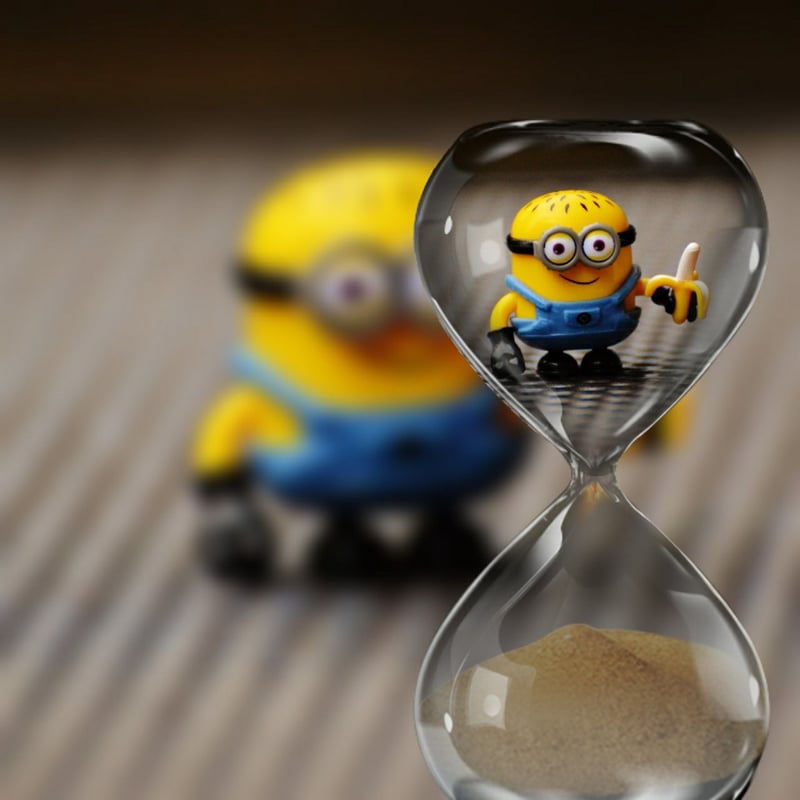Historical Etiquette
Guidance for Time Travelers: Navigating Historical Etiquette
Introduction
Time travel has long been a fascination for many, but what happens when you find yourself journeying back to a different era? Navigating historical etiquette can be tricky, but fear not, we have some guidance to help you blend in seamlessly.
Research the Era
Before embarking on your time travel adventure, it's essential to research the era you're visiting. Understanding the customs, traditions, and etiquette of the time will help you avoid any social faux pas.
Dress the Part
One of the easiest ways to fit in with the locals of a different time period is to dress in appropriate attire. Whether it's the elegant Victorian era or the roaring twenties, dressing the part will help you blend in and show respect for the customs of the time.
Watch Your Language
Language evolves over time, and certain phrases or slang may not be appropriate for the era you're visiting. Pay attention to how people speak and try to mirror their language to avoid standing out.
Practice Good Manners
Good manners never go out of style. Simple acts of politeness, such as saying "please" and "thank you," holding doors open for others, and showing respect to your elders, will always be appreciated regardless of the time period.
Understand Social Hierarchies
Many historical eras had strict social hierarchies that dictated how people interacted with each other. Be mindful of these hierarchies and act accordingly to avoid any unintended offense.
Conclusion
Time travel can be an exhilarating experience, but it's essential to navigate historical etiquette with care and respect. By researching the era, dressing appropriately, watching your language, practicing good manners, and understanding social hierarchies, you'll be well-equipped to blend in seamlessly and enjoy your journey through time.

Remember, time travel is a privilege, so make the most of it by immersing yourself in the past while respecting the customs and traditions of the time.
